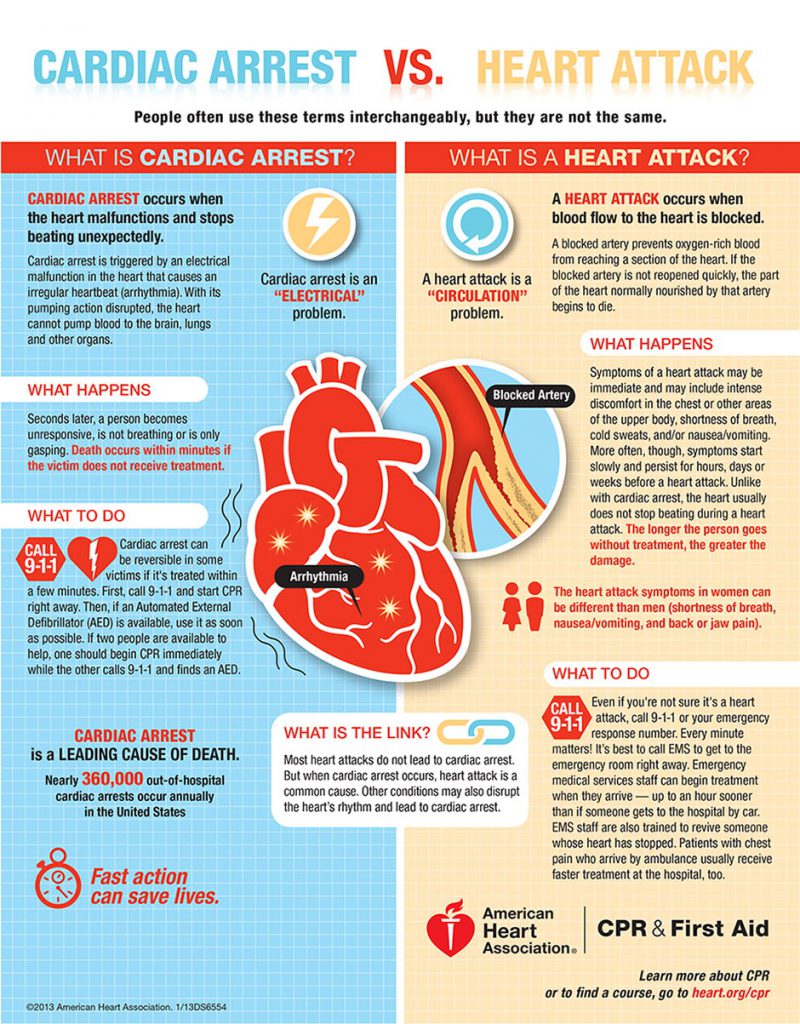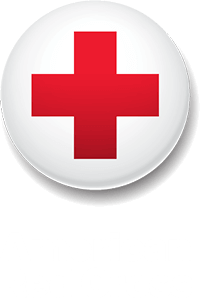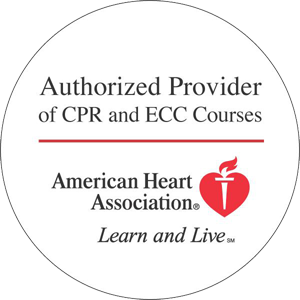Every year in the U.S., more than 350,000 people have a cardiac arrest outside of a hospital setting. Only about 10 percent of those people survive. When bystanders step in to perform CPR, the likelihood of survival increases significantly. And when AEDs are available, the odds are even better.
But while AEDs are increasingly accessible in public places, they are not available where the highest number of cardiac arrests occur: in private homes. Emergency responders can be quickly dispatched with an AED, but in cardiac arrest, every minute counts.
Testing Drone-Delivered AEDs
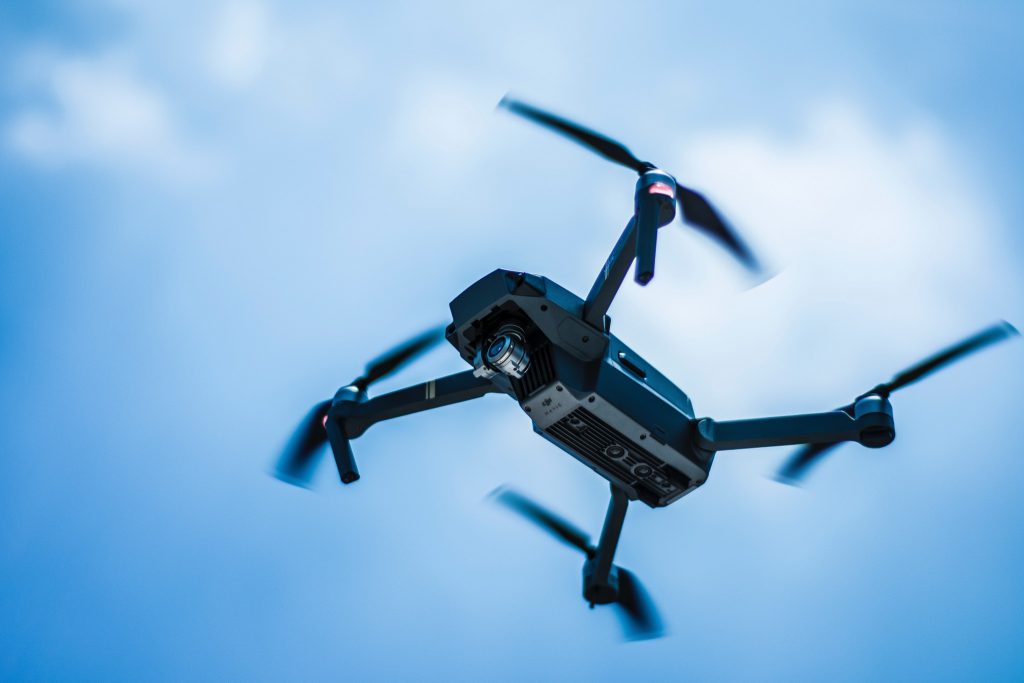
To meet patient needs more quickly, researchers are testing AEDs delivered by unmanned drones – and initial research is promising. According to the American Heart Association, in a test between drones and emergency responders, the drone was able to deliver an AED much more quickly. In some cases, the drone beat the EMR team by up to 8 minutes!
Additional Research Needed
Of course, it will take some time before drone-delivered AEDs become a reality. Researchers are working on logistics, including how to help bystanders receive and interact with the AED. But some believe drone-delivered AEDs could be implemented in just one year!
If drone-delivered AEDs become reality in Minnesota, it could be a huge step in saving lives. However, researchers emphasize that human intervention – bystanders stepping in to perform CPR – will still be an essential part of the process. A bystander will always be needed to recognize when someone is in distress, call for help, perform CPR, and then apply an AED – no matter how that AED arrives.
Will you be that bystander? Register for a CPR class today.
HeartCert CPR is your trusted training partner for CPR, ACLS, PALS, EMR and First Aid in the Twin Cities and throughout Minnesota. We offer online, night and weekend classes to fit your busy schedule!
HeartCert offers a variety of courses, including CPR/AED/First Aid and CPR/AED, Basic Life Support (BLS), Advanced Cardiac Life Support (ACLS), Pediatric Advanced Life Support (PALS), and Emergency Medical Responder – First Responder (EMR). Courses and certifications from both the American Heart Association and American Red Cross are available.
Find your CPR class at any of our convenient Twin Cities locations, including our new headquarters, HeartCert CPR Eagan.

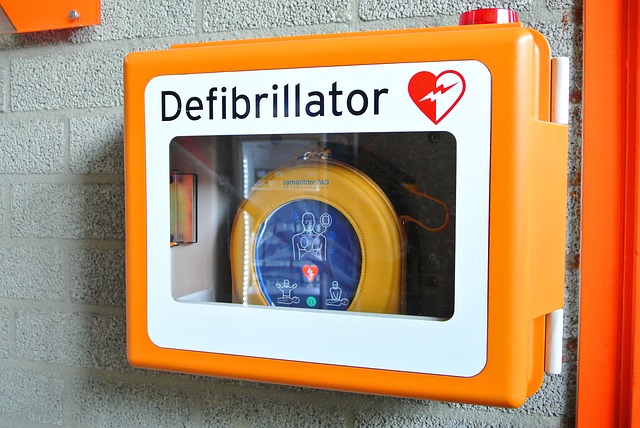
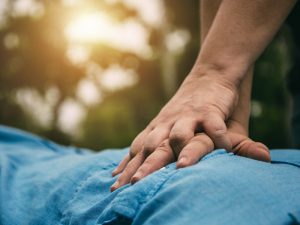
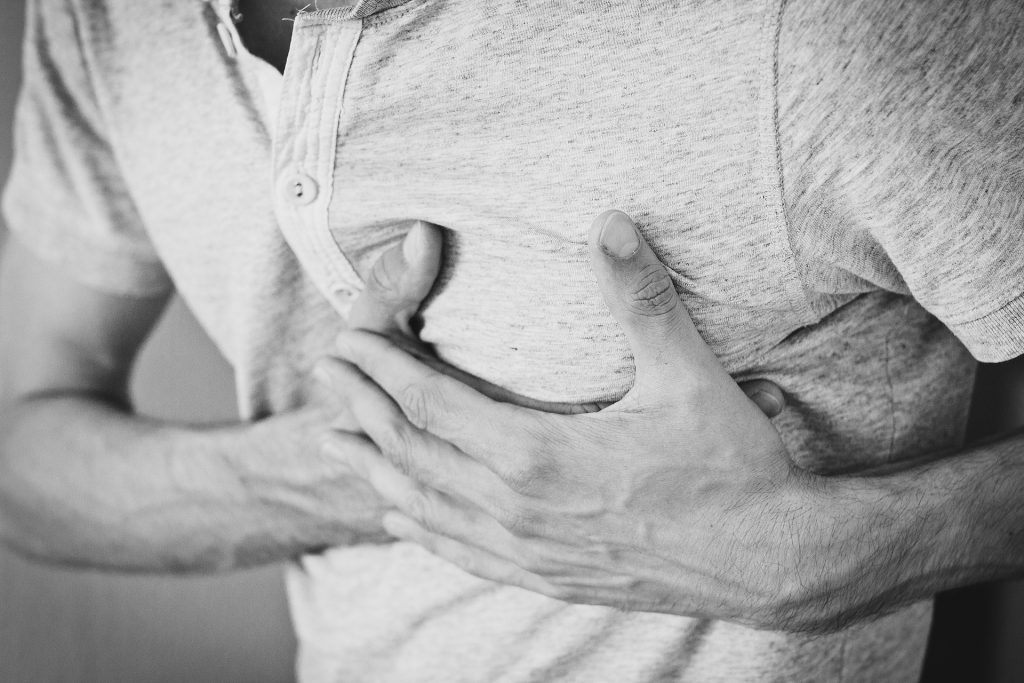 Would you know what to do if a loved one collapsed suddenly in front of you? Cardiovascular diseases are the most common cause of death in the world. CPR can be the difference between life and death. You can’t assume that someone else will step in – that’s why it’s so important to learn CPR. Getting certified is easier than you think.
Would you know what to do if a loved one collapsed suddenly in front of you? Cardiovascular diseases are the most common cause of death in the world. CPR can be the difference between life and death. You can’t assume that someone else will step in – that’s why it’s so important to learn CPR. Getting certified is easier than you think. 
